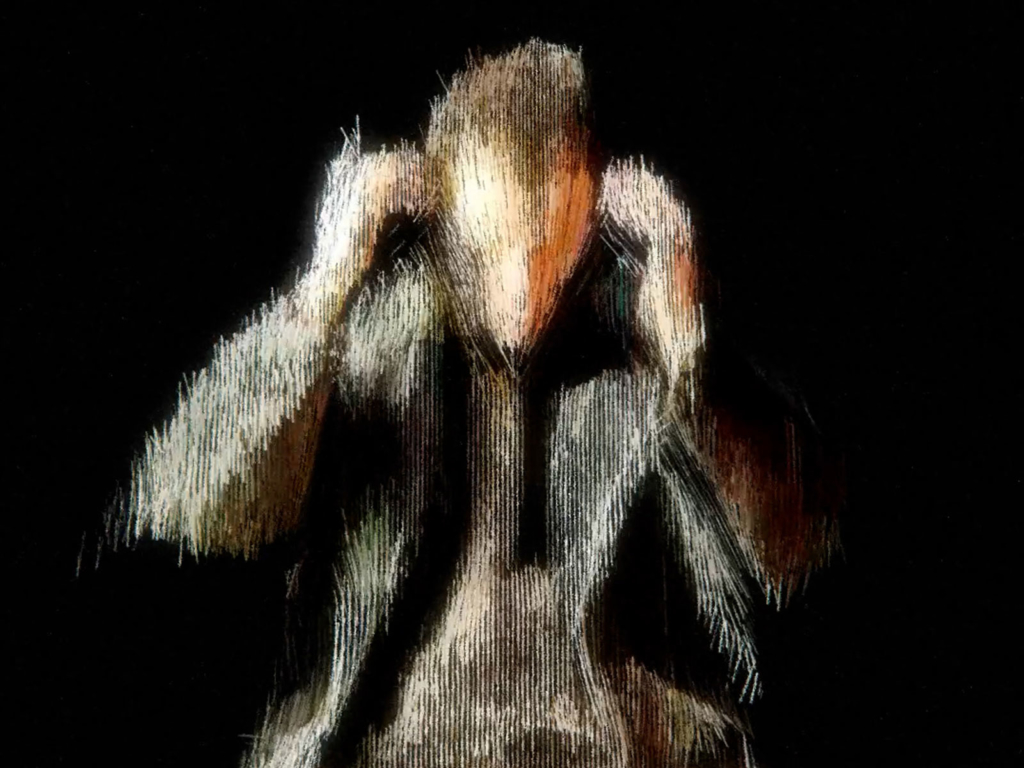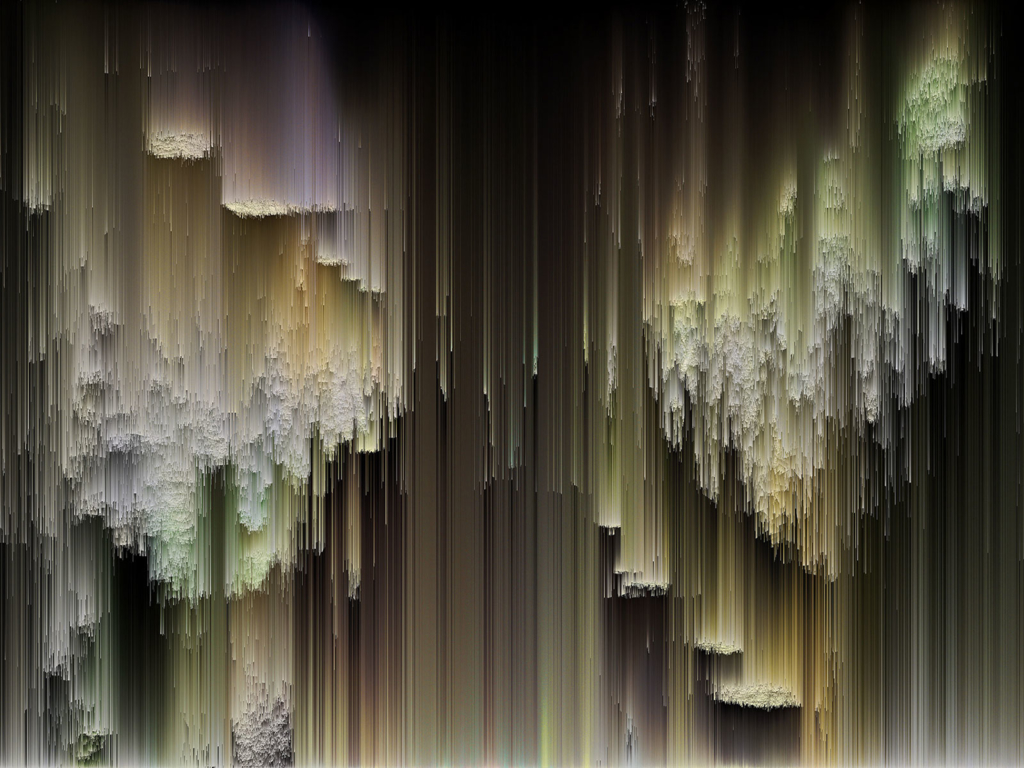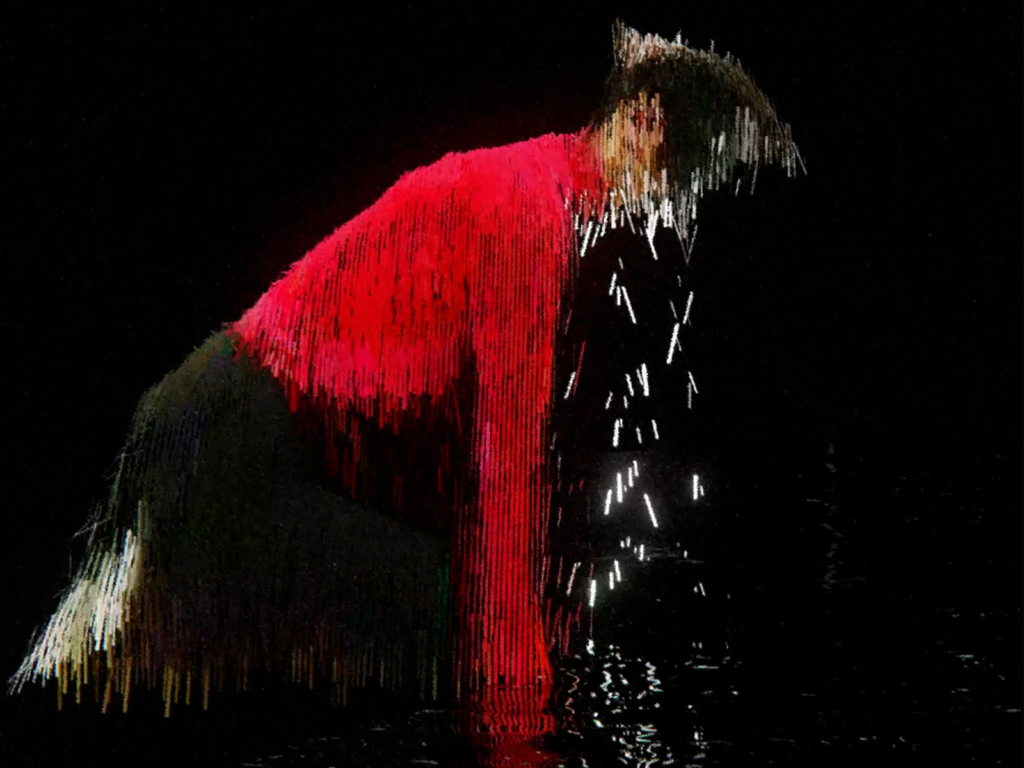What if artificial intelligence could define its own reality? In his Intermediate work, KISD student Vincent Johnson explored this question and developed a short film to demonstrate how 3D scanning can be used as a storytelling device.
Vincent Johnson’s Intermediate work aims to practically implement the topic of 3D scanning as a narrative device. This is done by means of a short film that deals with the question of how machines perceive the physical world and what happens when artificial intelligence can define its own reality. By using 3D scanning and capturing as a technique, Johnson tried to depict this world as realistically as possible.

AI reality
When humans use 3D scanning, the want to represent the world they live in as realistically as possible. But the attempts to virtually represent our own species end up in 3D characters to whom no emotional connection can be established. This phenomenon is called the “Uncanny Valley Effect”. It refers to the measurable effect that human-like robots have on humans: acceptance drops abruptly the more the robots resemble humans.
But what if it would not be humans using 3D modelling and 3D scanning to represent their own reality, but artificial intelligences using this technique to visualize their own reality? How do robots and machines “see” the physical world?
The film illustrates the originality of what is seen by machines in form of a so-called point cloud. It is the most abstract framework of artificial 3D spatial perception. It also stands for the here and now of artificial intelligence and shows the physically real world, but fragmented alike an ornament.
Point clouds and Post-Impressionism
Point clouds are the raw data of a 3D scan and define the position of points in space. Points are mostly represented as pixels or circles, which in our minds is the closest resemblance to a point. Mathematically, however, points have no shape and are therefore invisible. Their representation can therefore be freely chosen and programmed in generative 3D software such as Houdini.
In the process of developing his own point cloud style, Vincent Johnson decided to build a bridge to Post-Impressionism. Point clouds are not a perfect representation of our world, but seem more like a fleeting and dreamy snapshot. They are reminiscent of the fragmentary representation of dreams and yet are not surrealistic, but stem from the direct interpretation of the physical world. Point clouds, however, are also not an exact representation of the real world and therefore resemble works of art from Pointillism, a style associated with Post-Impressionism. Johnson’s aim was to find a special access to the viewer’s emotions by borrowing from pointillism, whith the natural perception of things receding into the background.




